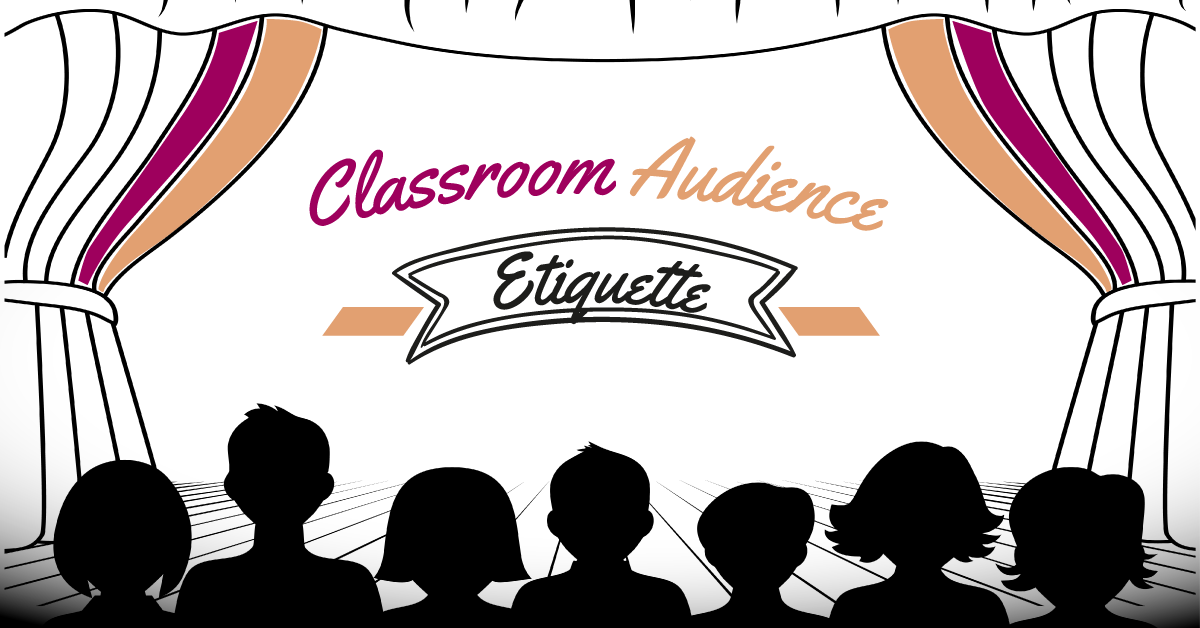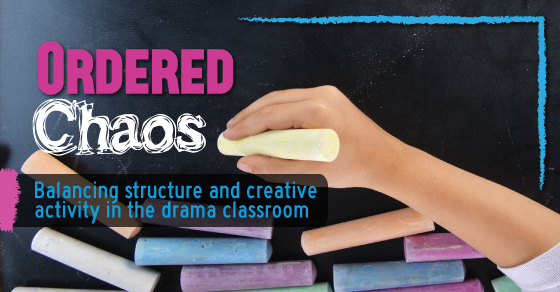There exists in everyone the potential for good or evil. Laramie Dean's adaptation of Dracula asks the question: How much would it take to bring out the darkness inside of you?
Classroom Audience Etiquette
There are many ways to give participation marks in the drama classroom. How do students engage in classroom discussion? How do they participate in warmups and exercises? How do students work in small groups?
Because the drama class often involves student presentations, be it in improvised scenes or lengthy memorized pieces, you can also include audience etiquette to a participation mark: “How do students participate as an audience member?” The audience is an essential part of the performance process, so it’s important to discuss and apply audience etiquette.
Start with a Discussion
Ask students: How should an audience behave at a play? Rock concert? Tennis match? Football game? Lecture? Movie? Audience behaviour changes depending on the situation. For example, an audience is expected to cheer at a football game, but it’s completely against etiquette rules for a tennis match.
You could even talk about how audience behaviour has changed over time. Audience behaviour for a Shakespeare play in the Elizabethan era had more in common with a WWE match audience than today’s typical 21st century audience.
What is Audience Etiquette?
Etiquette is a way of behaving in a situation. Tennis match = quiet audience. At the beginning of the year, have a discussion with your classes about how everyone should behave when watching presentations. You could even start the discussion with a little performance of your own – invite two students to the front of the class to improvise a scene. As they perform, model “good audience behaviour” and “bad audience behaviour.” As you discuss audience etiquette, write down student suggestions. You could even write their suggestions on chart paper and hang it up permanently. Some important points to highlight:
- Paying attention
- Staying silent
- Phones turned off and put away
- Leaning forward
- Eyes on the stage
- Sitting still
- Appropriate response at the end of a scene
- Following instructions, if needed (eg: in an improv scenario, responding to an ask for a location or a scene title)
Let students know that every time there is a “performance” they could also receive a participation mark as an audience member.



